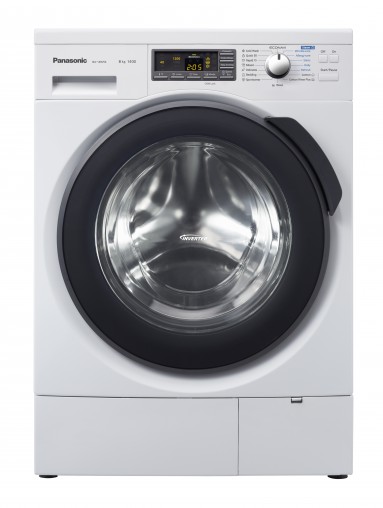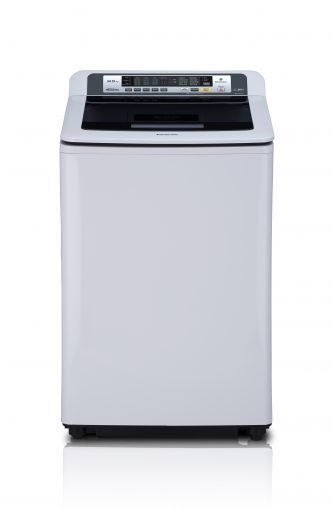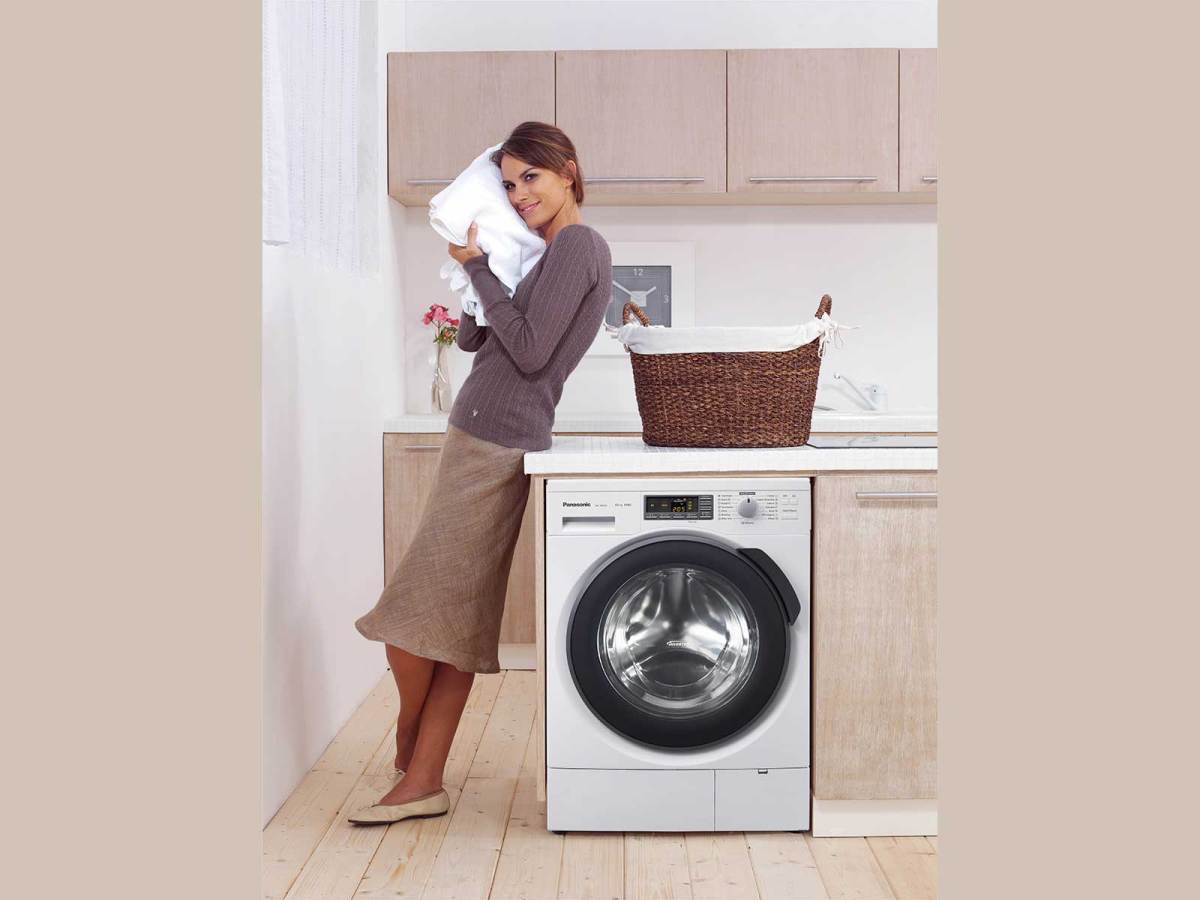
The release of Panasonic’s new laundry range means the Japanese brand now has more than 100 appliances in the market. To celebrate this illustrious milestone, consumers have been asked to open up about their peculiar laundry habits.
The embarrassing laundry fact about me is that I still take my clothes to my Mum’s every week to wash them on her heavy duty machines. Living in an apartment block with a shared laundry, I just can’t handle exposing my myriad football jerseys, blue shirts and official Arsenal boxer shorts to my unsuspecting neighbours.
It seems, however, that my laundry peccadilloes are nothing compared to the rest of a Australia. One in six Australians have used shower gel or shampoo to wash clothes when detergent ran out, one in three Australian leave almost a month between washing bed linen and, most disturbing of all, a third of Australians “have either reworn their underwear for a second or third day, worn swimmers or gone commando” because they couldn’t find clean alternatives. People are disgusting.
These laundry factoids were unearthed by Panasonic Australia while it was researching consumer behavior to shape its new range of washing machines which, for the first time, include top load models. With the market split roughly 55:45 in favour of frontloading, Panasonic still sees sales opportunities with a narrow topload range, targeted at consumers who simply refuse to switch away from the technology, despite the broad acknowledgement that frontloading is friendlier to the environment.
The new range comprises seven models — five frontloaders and two toploaders — with all but the entry level toploader containing Panasonic’s improved Econavi washing technology. ‘Econavi’ is the broad term used by Panasonic to cache features considered beneficial to user because of their efficiency and environmental friendliness. In the case of these new washers, Econavi features include load sensors to match the size and the type of clothes to the right water volume and temperature.
“When the water temperature is hotter, detergent dissolves quickly and clothes are more easily washed, so the water temperature sensor adjusts operation time for a shorter cycle,” explained Panasonic product marketing manager for whitegoods, Belinda Toner.
Joining Econavi in Panasonic’s feature set is Steam Refresh. This is a feature that has been slowly infiltrating frontload washing machines from several brands and it involves the use of steam to greatly minimise wrinkles, fight the good fight against 99.99 per cent of allergens and remove odours from clothes.
Panasonic director of consumer Richard Tassone said Panasonic’s push into the appliance categories, fuelled largely by a need to make up for losses caused by pernicious discounting in the TV market, has reaped rewards.
“Over the past three years we have continually increased our footprint in home appliances and whitegoods,” said Tassone. “And it’s a consistent commitment to providing better quality products for Australia laundries.”
Tassone said the push into laundries was a global initiative; dominating many markets in Asia and throughout Europe, where its washing machine and dryer businesses are much more mature.
“We’ve been growing our presence globally, adding new categories and new products, and we’re following a very similar path in Australia.”
Tassone made it clear why Panasonic was taking this market so serious when he said that, “The Australian major domestic appliance market is now the most valuable in consumer durables”. He said this represented a fillip for Panasonic that it would continue its “strategy of continuing to grow our whitegoods and appliances because we see this as a huge area of growth for us”.
“Washing machines is a market that is consistently keeping value and that is something we see as a good opportunity.”
The research that informed Toner and Tassone while forming the range included the chestnut that men are five times more likely than women to avoid laundry duty, whether that’s by laziness, obduracy or simply employing low cunning, like using deodorant as an alternative. To make the job as easy as possible — manproofing, essentially — Panasonic has made the user interface as simple to navigate as possible. There are lots of knobs and buttons for those looking for a totally customisable wash but there is also a one-button option to launch all the sensors that control the automatic programming.
The frontload range includes 7-, 8- and 10-kilogram models while the topload set comprises an 8.5- and a 9.5-kilogram model.
The release of these new models achieved a significant milestone for Panasonic Australia: the company has crossed the appliance Rubicon, and now has over 100 different models in its appliances and large whitegoods range. No longer an inchoate player asking for floorspace cap in hand, Panasonic has debouched from niche and/or novelty and is now established. In Europe, the Japanese brand also markets integrated cooking appliances but, despite my traditional prodding, Tassone again refused to elucidate exactly when these will hit the Australian market.
“We will continue to look at future opportunities in this market because over the past three years, we’ve grown more than 20 per cent in this area and we want to continue that growth. There’s huge potential.”


